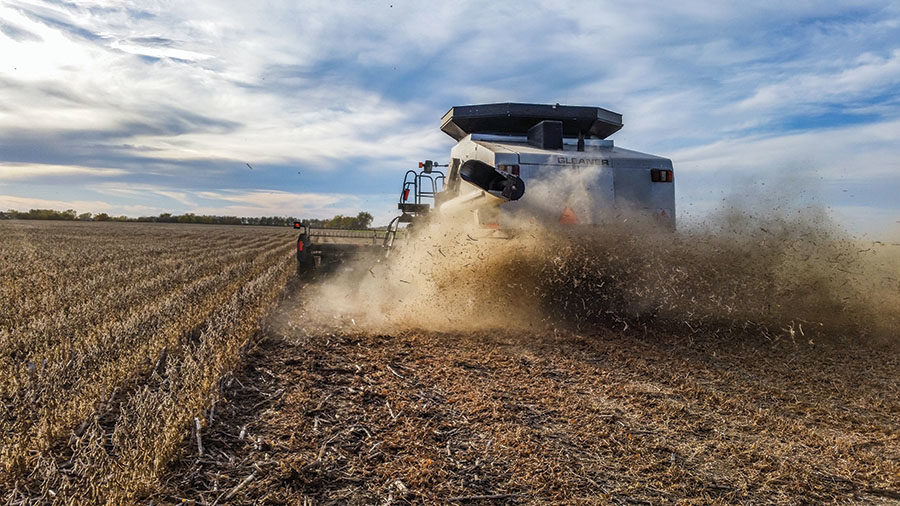No-Till Farmer
Get full access NOW to the most comprehensive, powerful and easy-to-use online resource for no-tillage practices. Just one good idea will pay for your subscription hundreds of times over.

NAME: Curtis Sybesma and Gabe Strand
FARM: C. Dale Sybesma Farms
LOCATION: Platte, South Dakota
YEARS NO-TILLING: 22
ACRES: 3,800
CROPS: Corn, soybeans, wheat
Moisture savings is what first sparked C. Dale Sybesma, my father, to be interested in no-till. In our flat southeastern corner of South Dakota, moisture is often a challenge.
We may get moisture, but it’s rarely at the right time, it seems. I think it was part of why our area stayed in pastures a lot longer than the tillable acres a bit further east.
Now, a lot of those pastures have been broken up to farm, including ground my grandfather purchased back in the 1970s. Back then he, and eventually my father, did a lot of cultivation. Every time they went through the field they were releasing moisture, which did not help their situation.
When my Dad first got interested in no-till in the early 1990s he was raising corn, wheat and milo and struggling to get good yields in many years due to the lack of moisture. He kept a close watch on our neighbor, who had started no-tilling corn into wheat stubble. He saw that it could be done and decided to give it a shot.
While he didn’t jump in with both feet initially, the practice did stick and we’re now 100% no-till. My brother-in-law, Gabe Strand, and I have kept up Dad’s no-till legacy, and between the two of us we get the job done pretty well.
I…